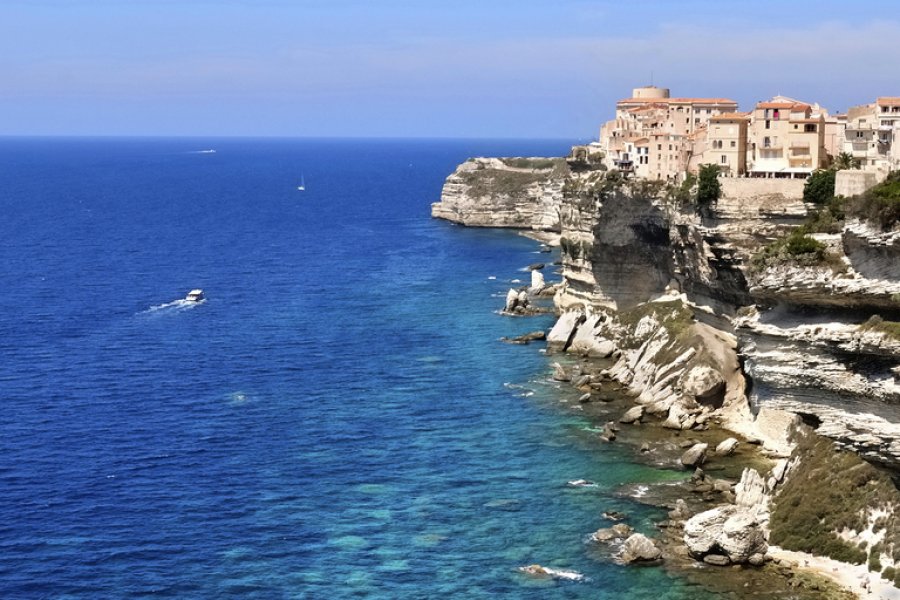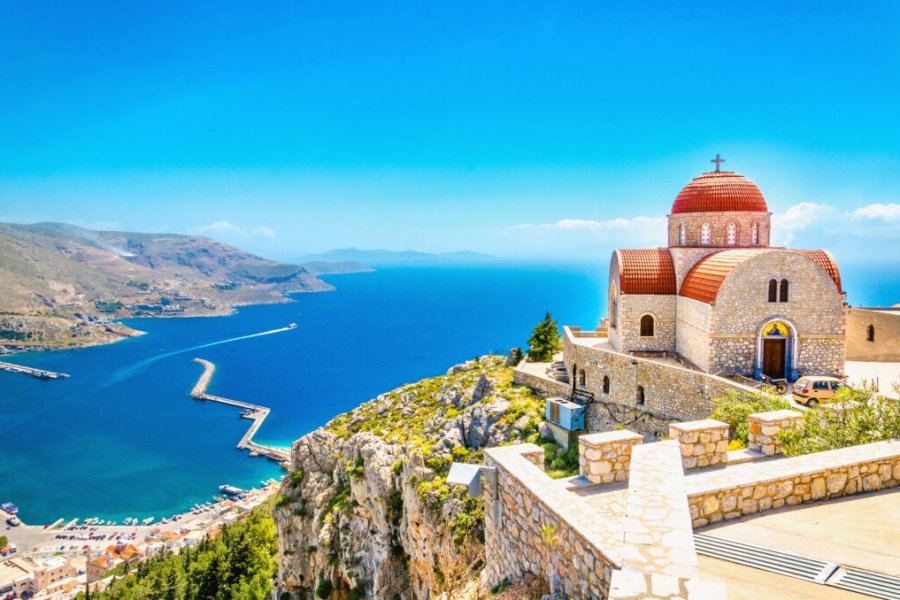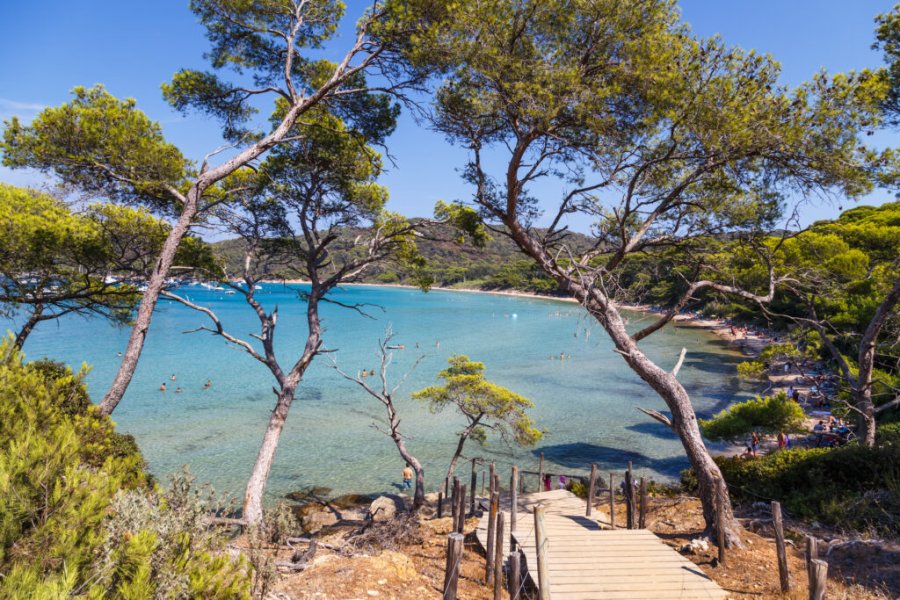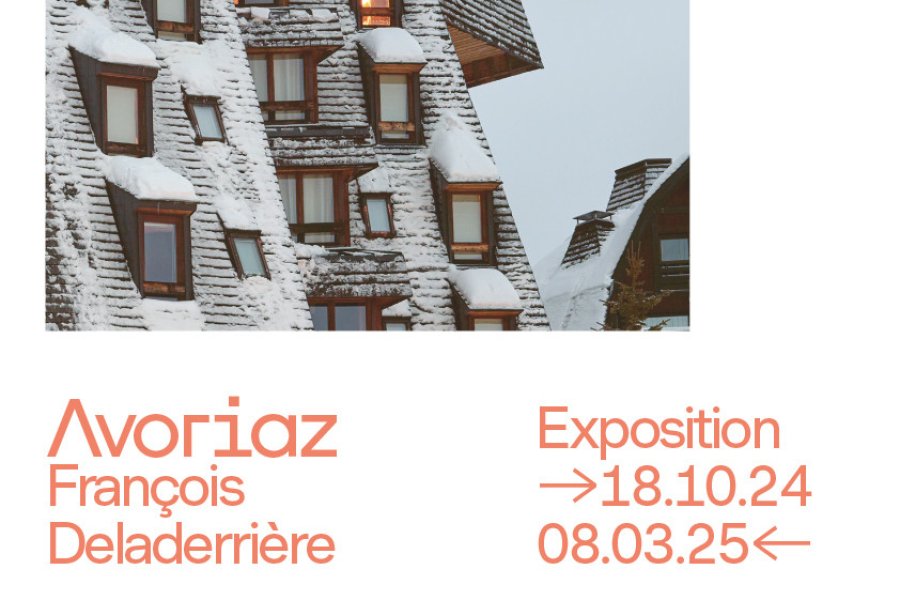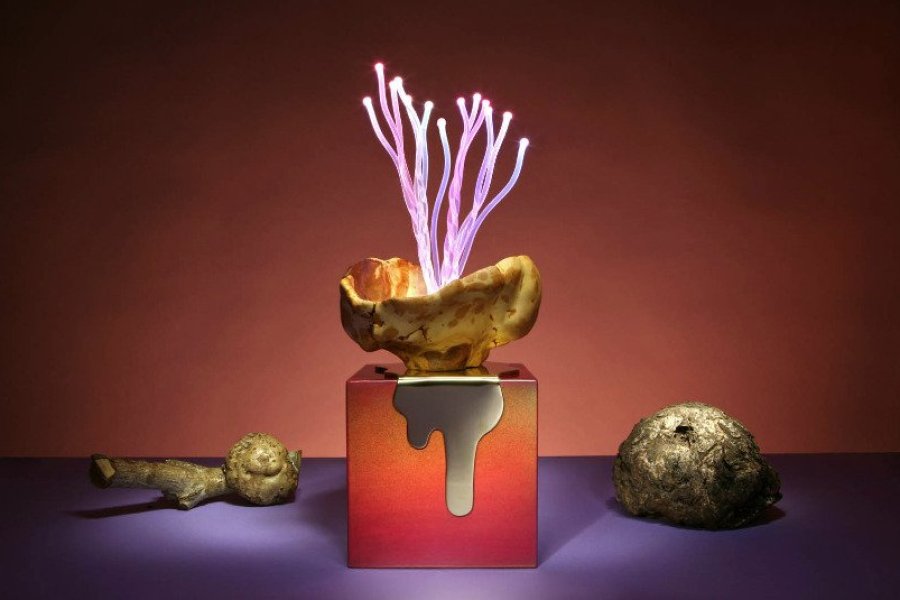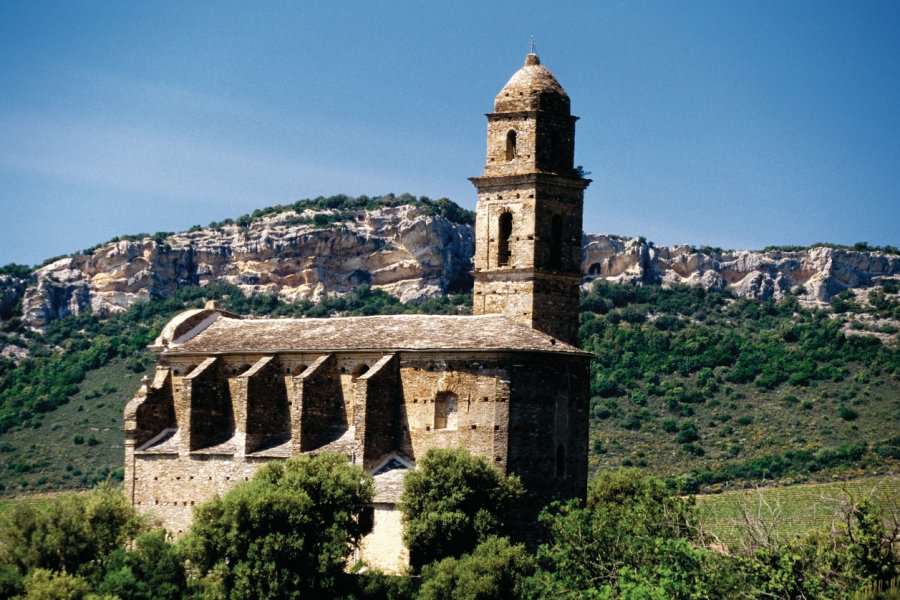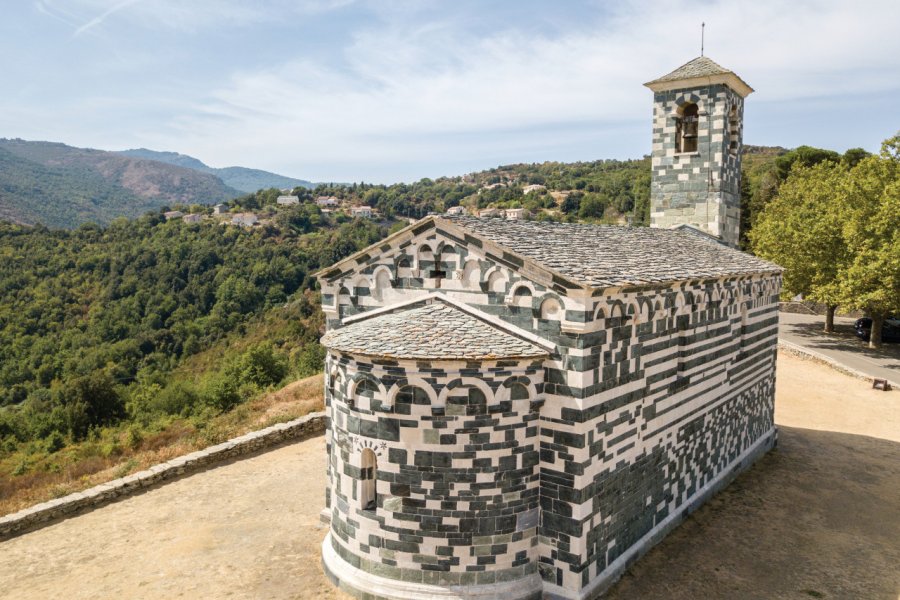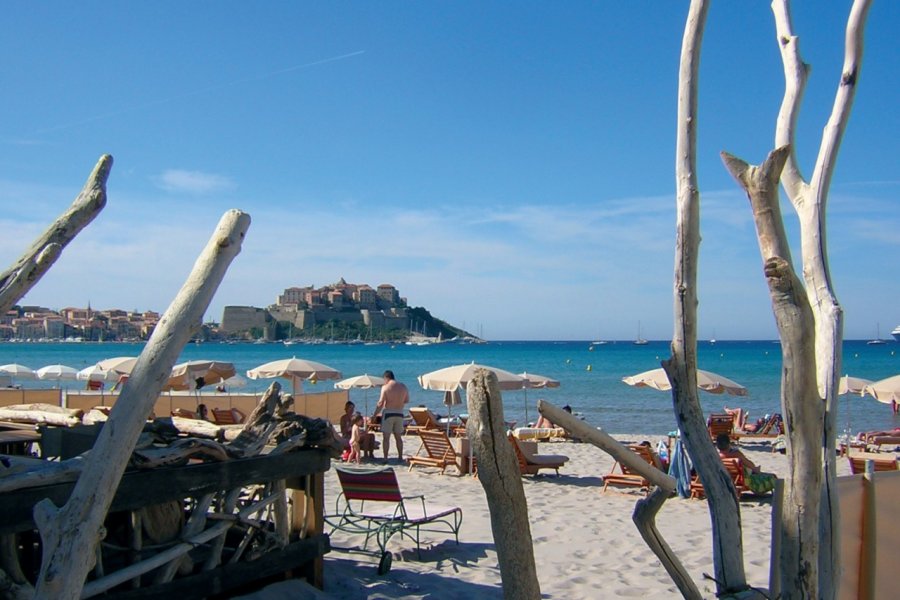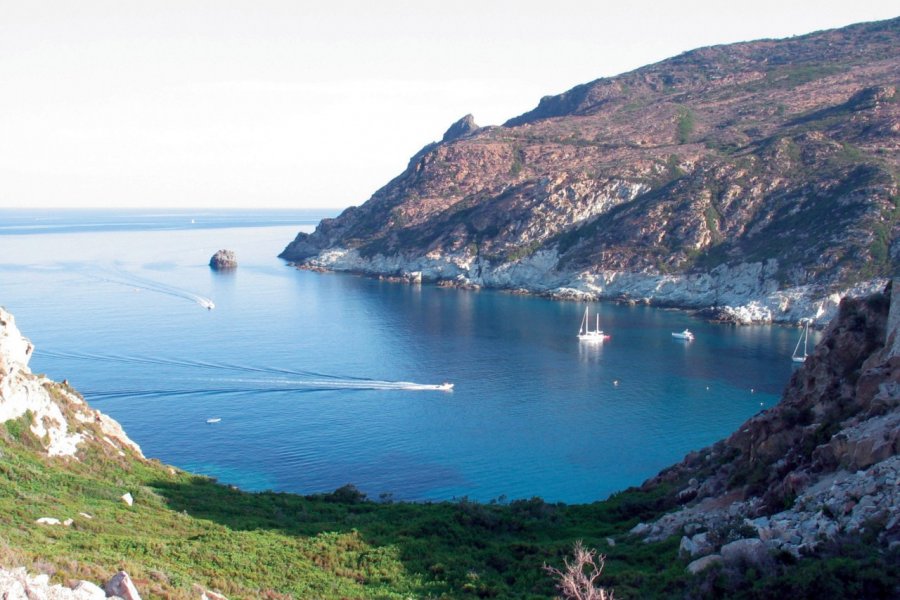Travel guide Corsica
It is not for nothing that Corsica is nicknamed the Island of Beauty! In the south of France, in the heart of the Mediterranean, Corsica enchants us with each visit. This mountainous island offers a rare natural heritage, its strong identity and an authentic culture, without forgetting a crystal clear sea. We go there to sail, sailboat, swim, dive, surf, hike... We meditate in front of the sumptuous beauty of the landscapes. We indulge in idleness without which Corsica cannot really be appreciated. We take the time for an aperitif, a meal of Corsican delicacies that extends from talks to tastings. A miniature continent, Corsica offers a wide variety of landscapes and its sunny and gourmet exoticism all year round. Wild and welcoming at the same time, preserved but open, dignified and voluptuous, soft and rough, Corsica is unique and generates as many strong emotions as surprises to its visitors. Among the must-see places of the island selected by your travel guide, let's mention the beaches of Porto-Vecchio, Cape Corsica and Calvi, Bastia and Bonifacio, the citadel of Corte, the museum of Aléria and its archaeological site. The magnificent massif of Bavella, for its part, attracts hikers and climbers. You must visit the Palais Fesch, the Fine Arts museum ofAjaccio, the nature reserve of the Lavazzi islands, without forgetting to go with your nose to the wind, to stop in the villages, to meet the producers of jams, cooked pork meats or Corsican cheeses recommended by your favorite guide. And why not attend a workshop to discover essential oils or learn the Corsican language... Follow the Corsica guide to discover this unforgettable destination.
What to see, what to do Corsica?
-
Book an activity
-
Customized travel
- The most beautiful cities Corsica
When to go Corsica ?
Corsica can be visited all year round. With its privileged Mediterranean climate, Corsica offers sunny days suitable for walks and visits even in winter. In January/February, you have the choice: enjoy sea urchins on the beach, swim in water at an average temperature of 14°C or enjoy the snow in one of its ski resorts (the island is mountainous, remember). Those who are not so keen will wait for the spring when the sea water rises to 20°C and reaches 27°C in the summer. The island boasts 59 days of sunshine in summer! The tourist influx is then at its peak on the coast, in the creeks, on the hiking trails, in the cultural sites... During the summer months, the coastal towns benefit from a sea breeze that reduces the feeling of heat and refreshes the atmosphere. And the mountains are never far away with their more temperate nights. The tourist offers are more numerous in summer and Air Corsica which connects all the French regions breaks the prices. Those who have the choice will however prefer the less busy, less hot and calmer shoulder seasons. You can enjoy the beach and swimming until the end of October. And don't miss the chestnut fair in Bocognano (December).
Suggested addresses Corsica
Travel Corsica
-
Find a hotel
-
Car Rental
-
Find a local agency
Corsica offers so many possibilities that it is sometimes difficult to know which way to take it. In any case, the small size of the island combined with its great variety of landscapes offers the possibility of very complete stays in a short time. A territory on a human scale, you will be able if you wish to travel through it with gentle modes of transport, such as walking, cycling, sailing, or why not on donkey or horseback! The train also offers, as we will see, unexpected perspectives. If the most important thing is to identify one's own tastes and objectives beforehand in order to make the most of your stay, one thing is certain: whether you prefer to laze by the sea or prefer sporting challenges, Corsica will certainly offer something for everyone to enjoy. From hiking to thermal baths, here are some ideas for themed holidays to discover the island.
Find unique Stay Offers with our Partners
Discover the bike tours Corsica
Featured articles Corsica
Events
Discover Corsica
Above all, Corsica has a rich and ancient history, a singular culture made up of a mixture of cultures and a strong sense of belonging, with its myths, heroes and the maquis as its backdrop. The latter is emblematic of the island's nature, its beauty and strength, but it is also an allegory of local identity: "by the scent of its maquis, from a distance, with my eyes closed, I would recognize Corsica", said Napoleon Bonaparte. Charged with meaning and memories for the Corsican people, it can remain impenetrable to the uninitiated; passion and patience are required to tame it. But if you take the time to get to know it, you'll enjoy the promise of extraordinary walks, the discovery of unique aromas and a diverse terroir, and, last but not least, the prospect of an authentic human adventure.
Pictures and images Corsica
The 12 keywords Corsica
1. # Brocciu
If there's one must-try cheese in Corsica, it's brocciu, eaten with bread, pulenda or prepared in traditional recipes like fiadone. Brocciu is rarely absent from any meal, in one form or another. As the poet Émile Bergerat once said: "If you haven't tasted it, you don't know the island!
2. # Cutlery
The making of Corsican knives is a time-honored skill that demands rigor. Endowed with great symbolic power, a knife could be passed down as part of a family heirloom. The three most common types are the shepherd's knife, the stylet, a type of dagger that appeared in the 16th century, and the mythical folding "vendetta".
3. # Cross
The Corsicans pay tribute to their dead on the very places of the event. At the roadside, crosses, always maintained and flowered, are set up for the victims of road accidents or for the resistance fighters of the last war. In houses or cars, small palm crucifixes are found as lucky charms.
4. # Figatellu

This dry sausage made of meat and liver of pig nustrale, flavoured with spices and garlic, is the most famous of the Corsican sausages. It can be eaten as is, accompanied by pulenda and brocciu, or cooked with starchy foods. It goes perfectly with red beans, red wine and pancetta in the traditional Tianu.
5. # Maquis
The maquis is characteristic of the rich and varied vegetation found in Corsica. There are 78 endemic species, i.e. species specific to the island. The most present plants are strawberry tree, myrtle, immortelle, cyst, thyme, mastic pistachio or broom. Many of them can be found in the local gastronomy.
6. # Polyphony
An integral part of the Corsican identity, one of the singular features of the local music is the polyphony, or a capella singing performed in several voices. Sacred or profane, there are a large number of variants which differ in their forms and in the themes they address, although the latter are most often inspired by local history.
7. # Wild boar
He is called a moose, he is with the mouflon a legendary figure of the island. With its dark coat, short legs and stocky appearance, it is recognizable in the blink of an eye when you come across it on the roads. Prized by hunters for its unique meat taste, it is eaten as a stew, or stufatu di cignale, a local culinary specialty.
8. # Statues-menhirs

These megaliths, emblematic of the island's archaeological wealth, stand out from the different groups of European and Mediterranean menhir statues with their original iconography (morphology, carved weapons). There are 38 monuments of this type, the oldest dating from the end of the 3rd millennium and the most recent from between 1500 and 1000 BC.
9. # Taffoni
This geological term comes from the Corsican tafone , meaning "hole", and designates a rounded cavity whose dimensions can range from a few dozen centimetres to several metres. Resulting from the erosion of magmatic rocks under the action of humidity, they often form magnificent natural sculptures, like the lion of Cap de Roccapina.
10. # Tête de Maure

Probably adopted by Sardinia and Corsica at a time when the kingdom of Aragon dominated the Mediterranean islands, the Moor's head symbolized the Crusaders' victory over the Moors. It was officially and definitively adopted by the Corsicans thanks to Pasquale Paoli, who chose this flag for the Corsican nation founded in 1762.
11. # Vendetta
Mentalities have evolved in Corsica and there are no longer, as in the last century, families that kill each other for several generations. Nevertheless, the sense of honor, respect and duty is still very much alive, and the Corsicans have a very strict code of moral and social conventions. It is important to pay attention to this.
12. # Villages

For the Corsicans, they represent a return to their roots, an identity and an ancestral way of life. For tourists, they are objects of fascination. Perched on steep mountains or curled up in the hollow of turquoise bays, their architecture blends harmoniously with the surrounding landscape, as if they were carved directly out of stone.
You are from here, if...
You cultivate the art of Macagna. To Macagna someone is to play a prank in which the game consists in making believe in a false adventure or event. The longer you keep the fun going, the more successful it is. Gullible tourists are your favorite targets.
You say hello a hundred times a day. Because it's the basis of conviviality, because you know everyone - or almost everyone - in the village or neighborhood, and because you don't want to make anyone jealous.
You know where to get good local products. You won't be sold donkey sausage or Dutch figatellu. Family, friends and neighbors are there to tell you the best addresses. Directly at the producer's, it is often the secret.
At the wheel, you stop in the middle of the street to discuss. In Corsica, we take the time to live and we appreciate the pleasure of meeting people: here, the slow life is not the prerogative of millennials, it is a well-established tradition.

